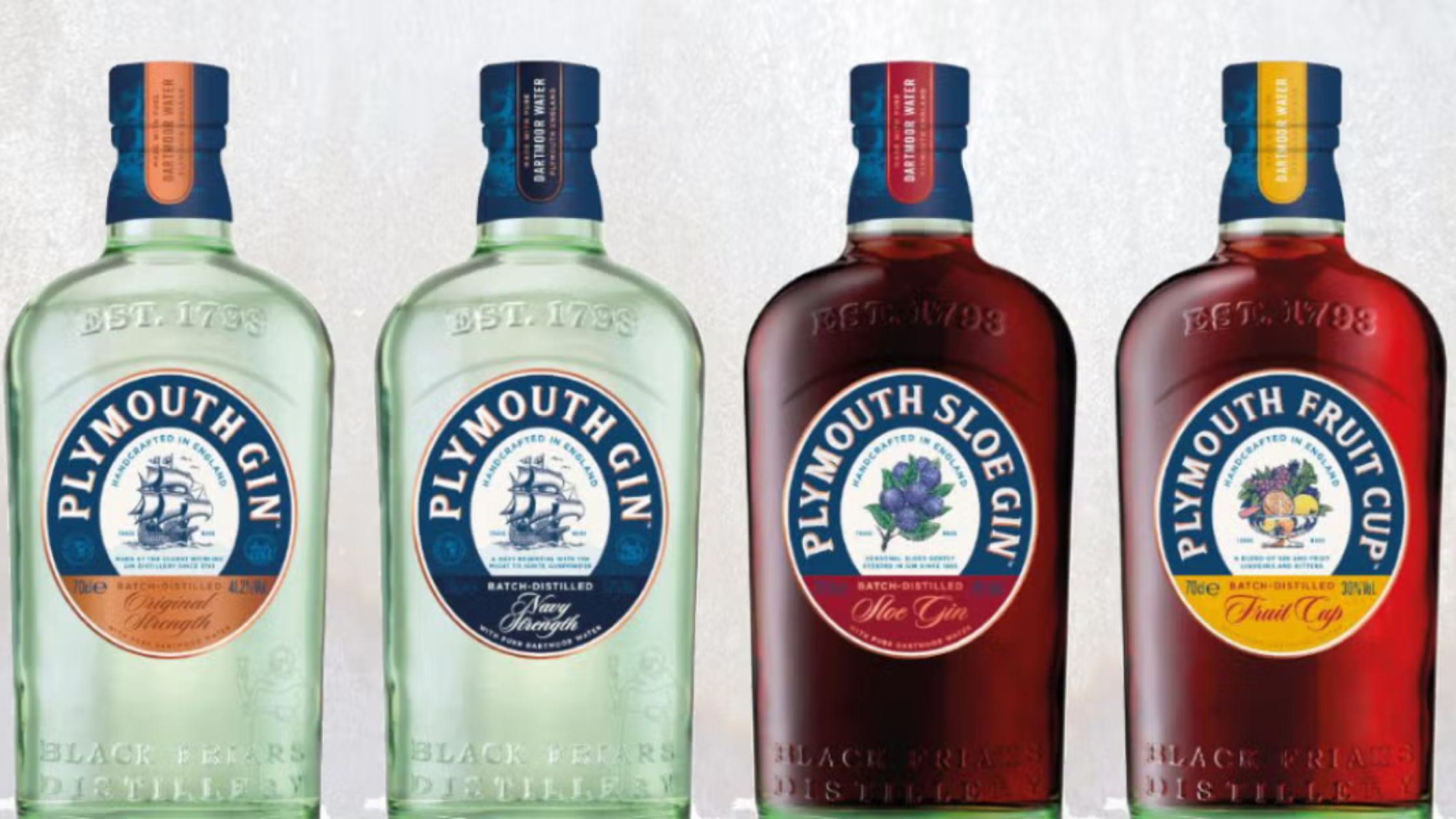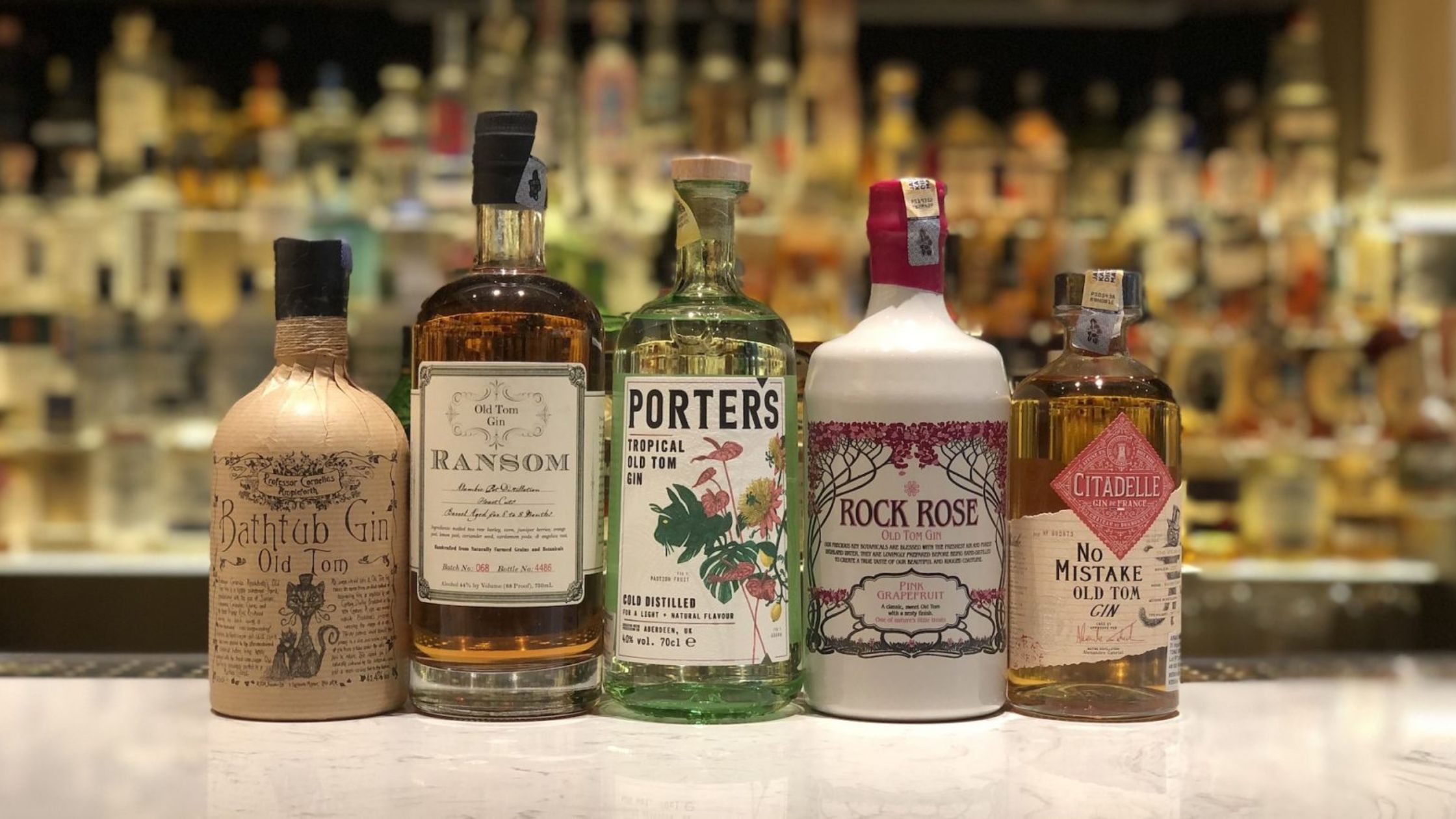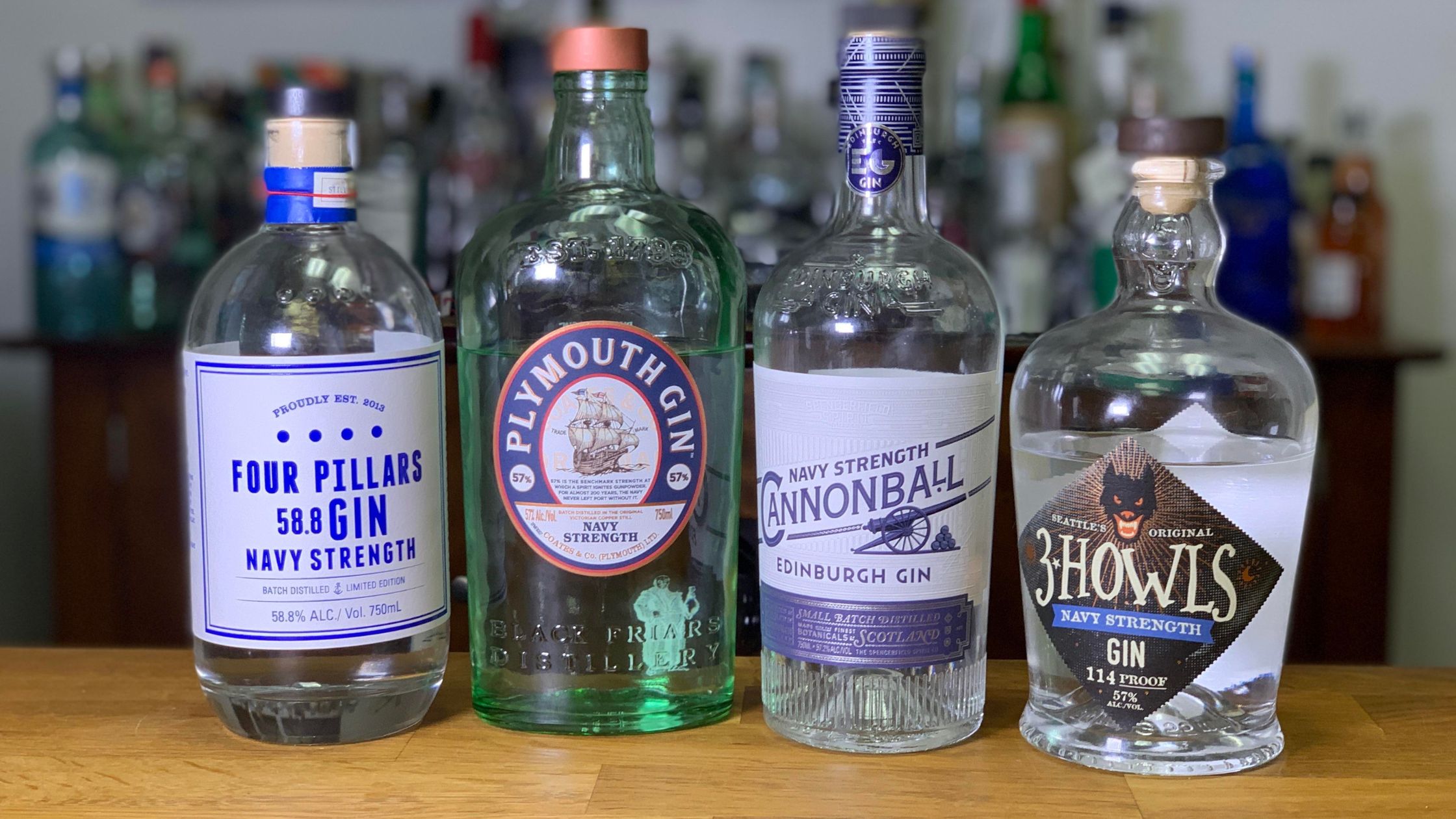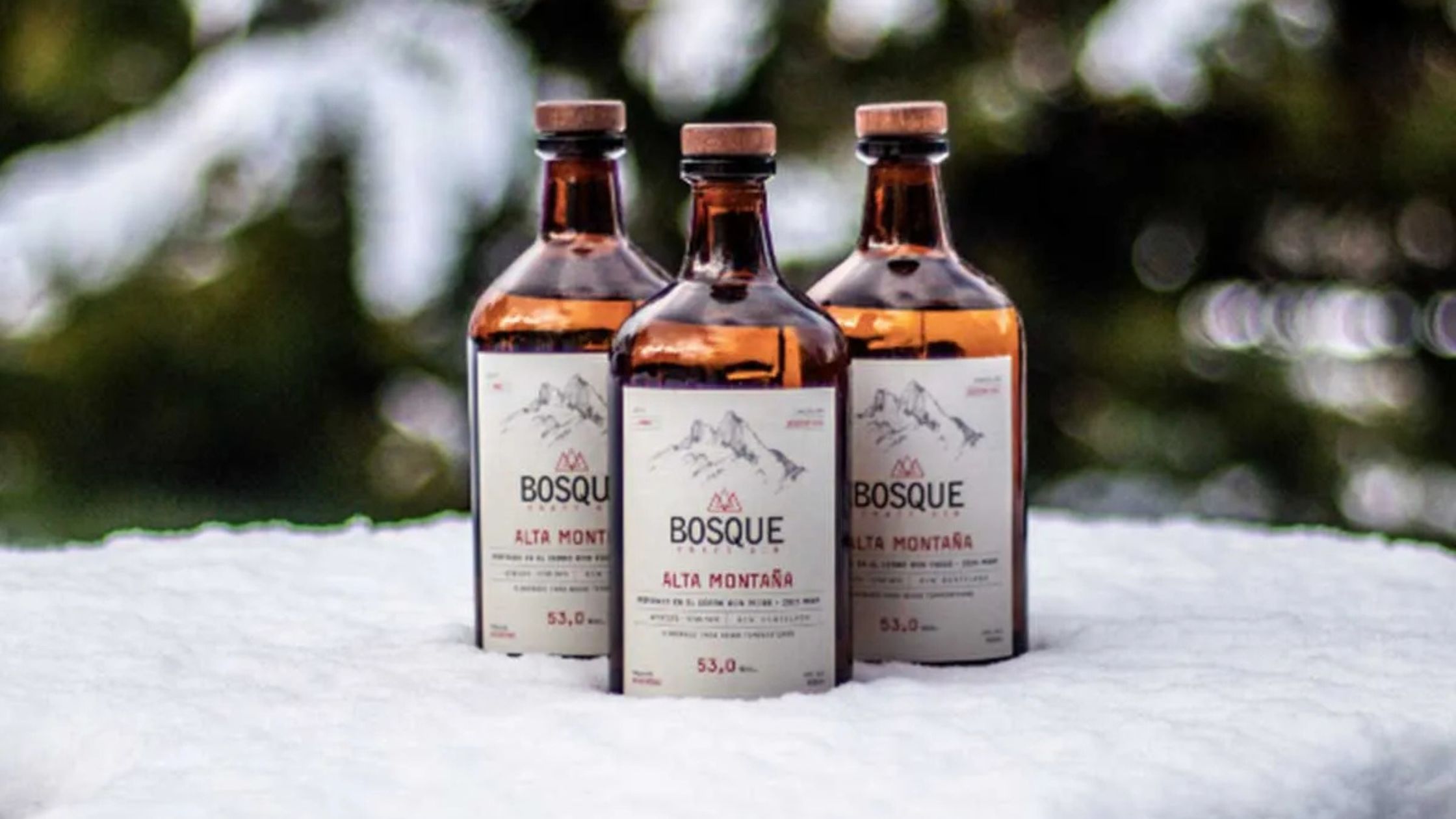History of Whisky: From Monastic Roots to Global Fame
2025-06-03

_1740481012.jpg)
Gin has a fascinating history that spans centuries, from its early medicinal roots to becoming one of the most beloved spirits in the world. Whether you enjoy a classic gin and tonic or prefer experimenting with unique gin cocktails, understanding the history behind the different types of gin gives you a new appreciation for this versatile drink. But how many types of gin are there? Let’s take a journey through time and explore the origins and evolution of this iconic spirit.
Gin can trace its roots back to the Middle Ages with the creation of jenever (or genever), a spirit containing juniper berries known for their potential medicinal qualities that originated in the Netherlands and Belgium. It was widely used as a remedy against kidney and digestive ailments at that time.
By the 17th century, genever had become widely consumed in the Netherlands. British soldiers fighting in the Dutch War of Independence noticed their allies drinking it prior to battle - this led them to refer to it as "Dutch courage", believing its powerful ingredients helped boost combative spirit. When these troops returned home after serving abroad, this spirit spread into English culture, leading to its widespread popularity today.
As soon as Dutch Protestant Prince William of Orange became King of England in 1689, he promoted domestic distillation through taxing imported spirits like French brandy heavily. This ultimately spurred an explosion of distilling activity resulting in widespread distillation which, due to a lack of regulations or oversight caused an unexpected "Gin Craze" period during early 18th century England.
Gin was widely seen as an inexpensive and accessible beverage, leading to excessive drinking, social issues and health concerns. To curb excessive gin consumption and improve overall quality, Britain passed the Gin Act in 1751 with stricter regulations restricting production to licensed distillers while improving overall quality; this mark the start of more refined and structured gin-making practices.
As gin production evolved, different types of gin emerged, each with its own distinct characteristics. Let’s explore how these styles developed and what makes them unique.

One of the most popular and widely recognized types of gin, London Dry Gin, originated in the 19th century.Due to advances in distillation technology - particularly with regards to column stills - gin could now be produced more accurately and consistently, leading to its creation with higher purity and consistency resulting in drier, cleaner gins with juniper being its predominant flavor; other botanicals included coriander seeds, citrus peels and angelica root for additional depth of taste.
Despite its name, London Dry Gin doesn’t have to be made in London, but it must adhere to strict regulations, such as:
Beefeater and Tanqueray Gin continue the legacy of London Dry Gin by keeping up its longstanding use as the cornerstone ingredient in classic cocktails such as Martinis or Gin and Tonics.

Plymouth Gin is a geographically protected style produced exclusively in Plymouth, England and features smoother flavors with earthier notes than its counterpart London Dry Gin.
Plymouth Gin was popular among British sailors and officers of the Royal Navy, becoming an essential ingredient in early cocktails such as Tom Collins and Negroni. Thanks to its smooth flavor profile and balanced profile, Plymouth Gin quickly established itself as an outstanding product.

At its inception during the 18th and 19th centuries, gin was often rough and unrefined, prompting its makers to create Old Tom Gin--a richer style which often contained sweetening agents such as sugar or liquorice to increase palatability.
Old Tom Gin has seen its fortunes improve thanks to the craft cocktail movement and is essential in cocktails such as Martinez and Tom Collins where its richer flavour complements bitter ingredients.

As British sailors traversed the globe, they required a high-proof gin that could withstand long voyages. Navy Strength Gin with an alcohol content between 56-78% ABV was developed specifically to meet this need - its name comes from its ability to ignite gunpowder should accidental spillages occur due to being at least 57% alcohol by volume (ABV).
This bold and potency gin makes for the ideal cocktail ingredient, showcasing its botanicals even when combined with other ingredients.
.jpg)
Genever stands as an exceptional variant, offering maltier whisky-like characteristics from its grain distillation process. While London Dry or Plymouth Gin may boast higher alcohol contents and are suitable for sipping neat, genever's full-bodied character makes it suitable for creating classic cocktails like the Holland House.

In recent years, the gin industry has seen a surge in flavoured and contemporary gins. These modern variations include:
While the core types of gin include London Dry, Plymouth, Old Tom, Navy Strength, and Genever, the rise of flavoured and contemporary gins means that there are now countless variations available. Each type of gin brings something different to the table, catering to various palates and cocktail preferences.
Gin typically ranges between 40-47% ABV; some styles like Navy Strength Gin can reach higher percentages. Due to this versatile nature, gin makes for an ideal foundation in many cocktails such as:
| Read Gin Cocktail Recipes |
From its humble beginnings as a medicinal spirit to becoming a global favourite, gin has continuously evolved. Understanding the different types of gin not only enhances your knowledge but also helps you discover the perfect gin for your palate.
Once you know which gin best suits your palate and occasion, the next time you visit a liquor store or craft cocktails you can easily select the type that meets them. From dry London Dry Gin and Malty Genever, to adventurous Flavored Gins - there's always something new and exciting waiting to be explored within this intriguing world of gin!